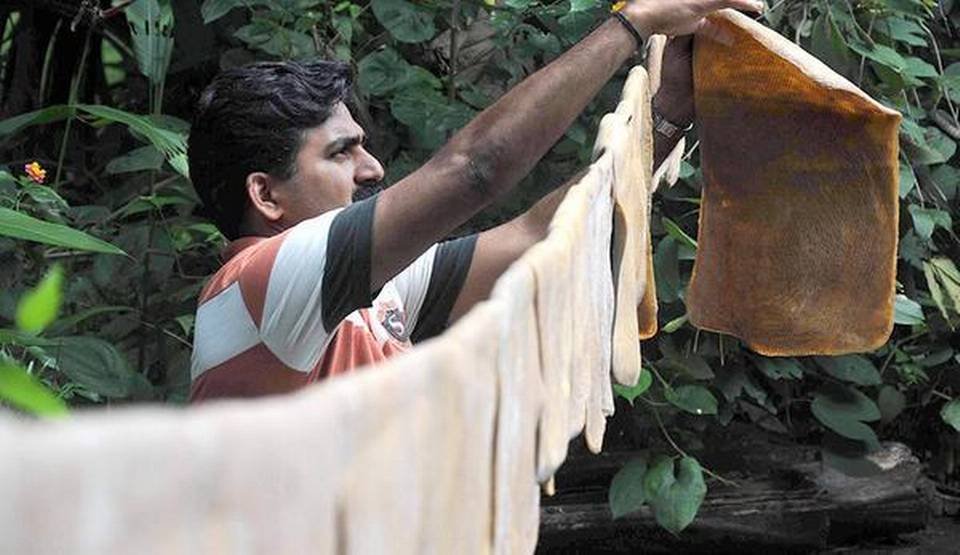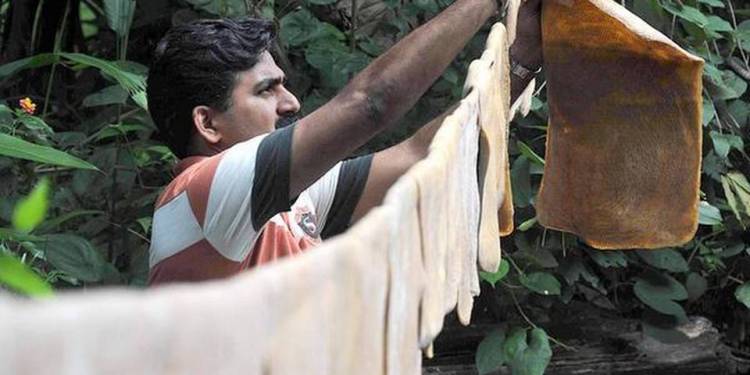‘No clarity on rates for some products’
With lack of demand from micro and small industries due to ambiguity on Goods and Services Tax (GST), prices of natural rubber are likely to decline in the coming months.
The price has dipped from ₹143 per kg in April this year to ₹129-130 per kg (as on Wednesday). This price drop may accentuate in the months of October and November, which is the peak production season.
Further, imports still continue despite the low prices of domestic material, weakening the domestic demand and prices.

“We are entering into a growing season when abundant local material will be available to the consuming industry. Thus, suitable policies need to be brought in to restrict imports during these high cropping months to improve prices and prevent melt down of this strategic industry,” said B. K. Ajith, secretary, Association of Planters of Kerala.
There are some input materials which have gone into the bracket of higher taxation, adversely affecting the grower and increasing the cost of production. Some examples are plastic shells for tapping, fungicides, sheet rollers and other processing equipment and this needs to be reviewed and corrected.
“There is some confusion on the tax rates for certain products made out of rubber like rubber bands etc., which needs to be clearly defined and settled,” said Mr. Ajith.
The non-tyre industry, which comprises micro and very small business, has been adversely affected due to factors such as size,turnover and capacity to weather the implication of the new regulations. Most in the industry have very low turnover and are not registered under GST, which provides for exemption as unregistered producer.
Unregistered producer
However, being an unregistered producer has disadvantages in terms of claiming refund on taxes paid as well as dealing with buyers who will have to discharge the tax liability incurred for the grower.
“This has led to lack of demand from thousands of these small industries which are struggling to cope up with the new ways (GST) of doing business,” said Santhoshkumar, senior vice-president, Harrisons Malayalam Ltd., of RPG group.
Though GST recognises unregistered buyers, rubber buying and trading mandates licence as per the Rubber Act.
A large segment of the business in north and western India, being large consuming sectors, comprised these micro industries which were not having licence and dealing in very small volumes. “These business units, though accounting for sizeable volumes, are not able to operate under the new business environment,” said Mr. Santhoshkumar.
The tyre sector, however, does not have these issues as they have liberty to import as international prices continue to be low. The organised industry, though trying to get its act right in relation to the teething issues of GST, may shift its dependence to imports until it tides over the domestic issues, thus creating a lower demand in domestic market and pulling down prices.
It is expected that the industry will adjust to the new GST regime at the earliest. There are still segments of the industry which are untouched, ignorant and perhaps lacking the ability to deal with the situation. They need to be equipped to tide over the situation. “These will have an impact on demand and prices in the near future,” Mr. Santhoshkumar added.
The Rubber Board may also review the current system of mandatory licensing so that these consuming industries in the fringes can be brought into the fold through dealers, so that it can carry out its activities of monitoring and controlling the rubber industry and trade as required under the Act.
Natural rubber sector in the country is dominated by the presence of small holders with very small and marginal landholdings. In fact, around 93% of the growers fall in this sector with an average land holding of around 0.56 hectares of land. Thus the prices of the commodity they produce has a major impact on their livelihood.
In the consumption sector, there are two major segments of the consuming industry, the auto tyre sector and the non-auto tyre sector. The auto tyre sector consumes around 70% of the rubber produced in the country and is dominated by tyre majors and the auto component manufacturing industry. There are around 50 tyre companies, but the consumption is dominated by around 8 major tyre companies.
The other major feature of the difference in between these two broad type of industries is that the tyre industry consumes mostly dry rubber grades of rubber like RSS, ISNR, etc. The non-tyre segment includes mostly industries producing cracking out of latex grades. The various products they manufacture include balloons, gloves, condoms, adhesives for carpet and other industries, and other medical products.
Another important difference in this industry is that while the tyre sector is dominated by a handful of industries which dominate the market and fall in the large and organised and large industry segment, most of the non-tyre industry consists of micro and small scale industries producing goods for everyday consumption.



















